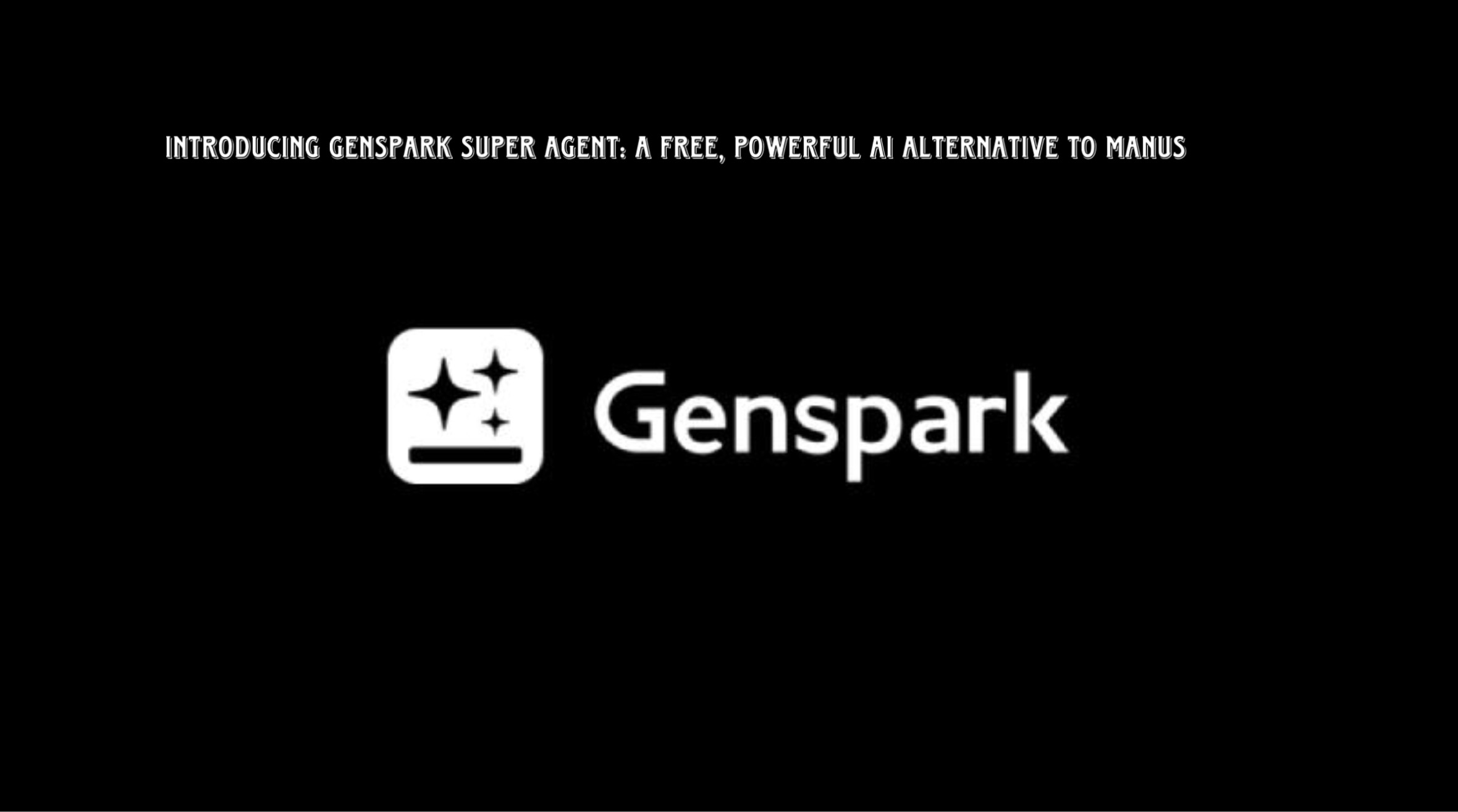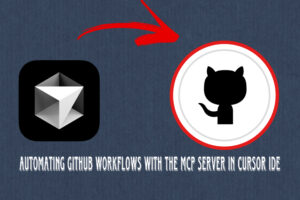In today’s fast-paced development world, AI coding assistants like those in Cursor and Windsurf are becoming indispensable. However, a common challenge arises during long coding sessions: these agents tend to forget past conversations and lose crucial context. This leads to repetitive explanations or time-consuming file searches, hindering productivity. Enter Memory Bank, a game-changing feature developed by Klein, now accessible within Cursor.
The Context Problem
AI agents, while powerful, struggle with maintaining context across extended interactions. This results in:
- Repetitive Explanations: You find yourself constantly reiterating project details.
- Context Loss: The agent needs to re-scan files to understand the current state, slowing down development.
- Hallucinations: Overloaded context windows can lead to AI generating inaccurate or irrelevant code.
Introducing Memory Bank
Memory Bank addresses these issues by storing structured project information, ensuring the AI retains context throughout multiple sessions. This minimizes the need for constant re-explanation and prevents context window overload, significantly reducing hallucinations.
Key Files in Memory Bank
Memory Bank utilizes a set of structured files to organize project information:
- Project Brief: Outlines the project’s main objectives.
- Product Context: Explains the problem being solved and the project’s functionality.
- System Patterns: Documents the architecture and design approach.
- Tech Context: Lists the tech stack and dependencies, preventing errors like generating incorrect framework code.
- Product Context (Current): Tracks the ongoing development tasks.
- Progress: Records the entire development cycle, enabling task tracking.
These files are designed to be compatible with any agentic IDE, making Memory Bank a versatile tool.
Workflows: Plan and Act Modes
Memory Bank operates within two distinct workflows:
- Plan Mode: The agent uses the Memory Bank to determine the next steps.
- Act Mode: The agent reviews the Memory Bank, updates tasks, executes actions, and updates documentation accordingly.
This structured approach incorporates task management, ensuring the AI stays on track and maintains accurate records.
Implementing Memory Bank in Cursor
Here’s how to set up Memory Bank for your projects in Cursor:
Obtain the Rules File:
- Locate the provided markdown rules file.
- Click the “RAW” button to access the raw file content.
- Copy the entire file.
Paste into Cursor:
- In Cursor, navigate to the “rules” section.
- Paste the copied content into the global rules.
- Note: Project specific rules are also possible but take more setup.
Initialize Memory Bank:
- Use Cursor’s agent mode to instruct it to initialize the Memory Bank.
- The agent will generate the necessary files and populate them with project context.
Observe the Results:
- Review the generated files to ensure accuracy.
- The agent will have documented project details, dependencies, progress, and system patterns.
Practical Example: Landing Page Implementation
To demonstrate Memory Bank’s capabilities, I tasked the agent with creating a landing page for my “Mac Wall” application.
Plan Mode:
Due to a rules bug, I simulated plan mode by preventing file edits. The agent mapped out the elements and steps for the landing page.
Act Mode:
After switching to act mode, the agent implemented the changes. The result was a clean, minimal landing page with a “Get Started” button linking to the application.
Benefits of Using Memory Bank
- Enhanced Context Retention: AI agents maintain context across multiple sessions.
- Reduced Hallucinations: Prevents context window overload.
- Improved Task Management: Integrates task tracking into the development process.
- Increased Productivity: Minimizes repetitive explanations and file searches.
- Organized Development: Keeps projects structured and well-documented.
Conclusion
Memory Bank is a powerful tool that significantly enhances the capabilities of AI coding assistants like those in Cursor. By providing structured context and task management, it streamlines development and minimizes common AI-related issues. If you’re looking to optimize your coding workflow, Memory Bank is a must-try. Be sure to explore the documentation and experiment with the rules files to customize it to your needs.



